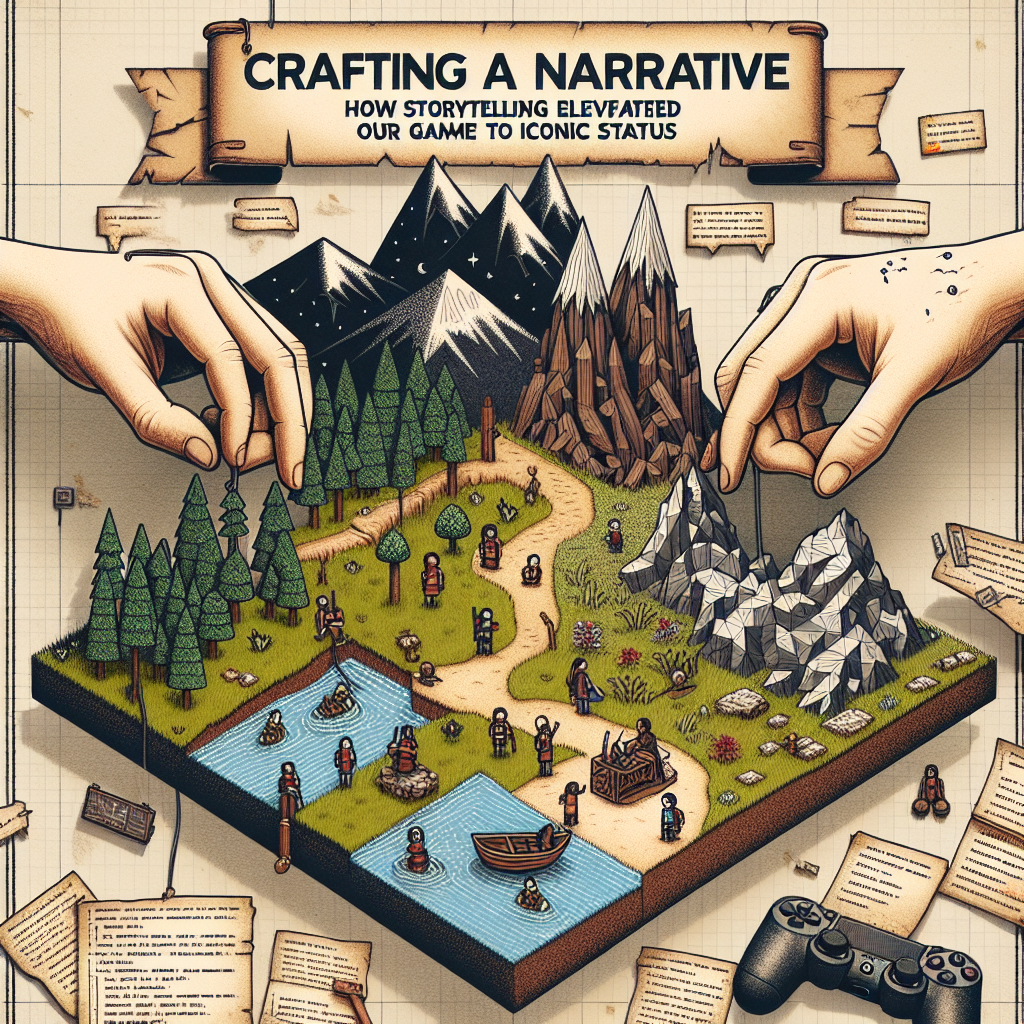Crafting a Narrative: How Storytelling Elevated Celeste to Iconic Status
In the rapidly evolving landscape of video games, where graphics and gameplay mechanics often take center stage, the truly great games are those that weave an intricate narrative capable of resonating with players on a deep emotional level. One such title is Celeste, an indie masterpiece developed by Maddy Makes Games, which has not only garnered critical acclaim but has also secured a beloved place in the hearts of players around the globe.
This article explores how the art of storytelling in Celeste has contributed to its status as an iconic game in the indie genre.
A Personal Journey: The Heart of the Narrative
At its core, Celeste is the story of Madeline, a young woman on a quest to climb the titular mountain. However, the climb is not merely a physical challenge; it serves as a powerful metaphor for personal struggle, self-discovery, and overcoming mental health hurdles. The game’s narrative is rooted in Madeline’s own journey, reflecting themes of anxiety, depression, and resilience.
Through artful storytelling, players are drawn into Madeline’s experiences as she faces her fears and confronts her inner demons personified by her doppelgänger, the dark and chaotic "Badeline." This duality not only enhances the plot but allows players to engage with the complexities of mental health in a way that is often overlooked in traditional narratives. The game’s insistence on vulnerability and acceptance encourages a dialogue about mental wellness, making it relatable to many as they navigate their own life struggles.
Rich Character Development
In Celeste, character development is particularly noteworthy. Each character, from the supportive yet quirky fellow climber, Theo, to the wise, albeit reclusive, old woman, serves as a unique facet of Madeline’s journey. These characters are crafted with depth, possessing their own backgrounds and struggles, which enrich the narrative further and provide Madeline—and by extension, the player—with varying perspectives on challenges and resilience.
The dialogues are poignant and genuine, infused with humor and warmth that help ground the heavier themes. As players interact with these characters, they not only gain insights into Madeline’s growth but also experience their challenges and triumphs. This interconnected storytelling creates a community of threads that bind the characters and the player’s own journey, making exploration beyond gameplay essential.
World-Building That Resonates
The design of Celeste also complements its narrative. The mountain itself is more than just a backdrop; its layers of challenges and environments mirror Madeline’s emotional journey. From the serene yet foreboding "Celestial Resort" to the stormy and chaotic "Chapter 7," each level encapsulates emotions and story points that further the narrative while providing varied gameplay experiences.
Moreover, the beautiful pixel art style combined with a heart-stirring soundtrack composed by Lena Raine enhances the overall atmosphere. The aesthetics do an extraordinary job of visual storytelling, creating environments that feel both welcoming and intimidating, much like Madeline’s own feelings toward her quest.
A Community Connection
Upon its release in January 2018, Celeste quickly fostered a thriving community that connected deeply with its themes. This is not solely derived from the game itself but rather from the way it inspired conversations about mental health and personal struggles. Platforms like Twitter and Reddit saw players sharing their stories alongside their love for the game, which in turn helped to create a safe space for dialogue around issues that were often stigmatized.
The game’s developer, Maddy Makes Games, actively supported this connection, engaging with fans and sharing personal stories from the development process. This transparency contributed to a sense of belonging, aligning the game’s themes with real-world challenges experienced by players.
Conclusion: The Legacy of Celeste
Celeste exemplifies how impactful storytelling can elevate a game to iconic status. By skillfully weaving together a personal narrative with relatable characters and thoughtful world-building, it resonates deeply with players. The game’s exploration of mental health issues not only adds layers to its structure but also connects players, fostering a sense of community and understanding.
As players continue to traverse the symbolic mountain, Celeste remains a beacon of hope and inspiration, showcasing the profound effect that narrative-driven gameplay can have in the realm of video games. This indie gem reminds us all that some of the most important journeys we can undertake are those within ourselves.




